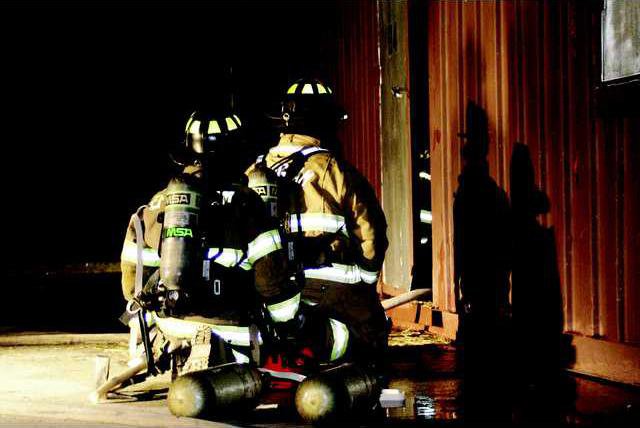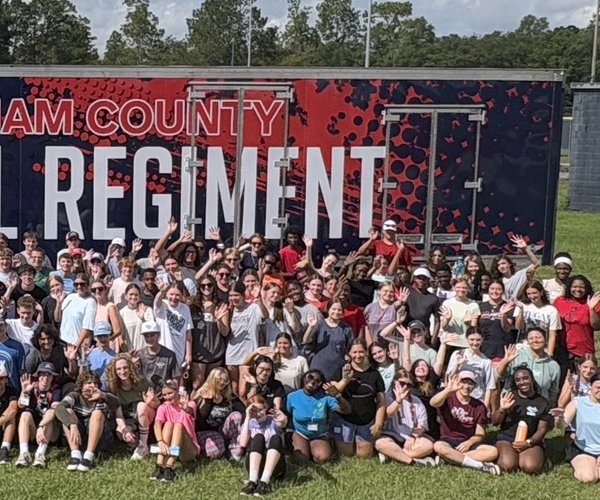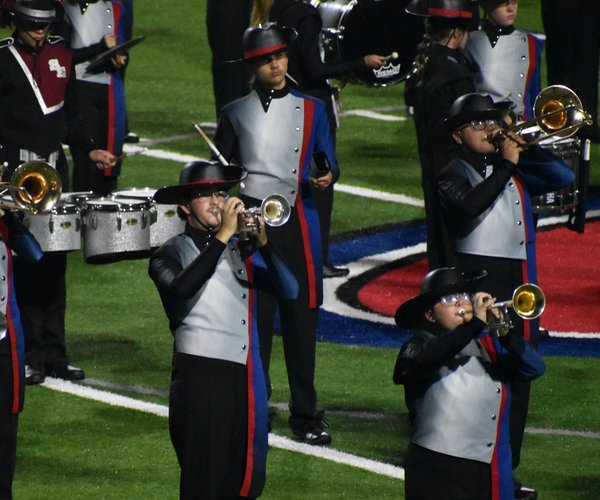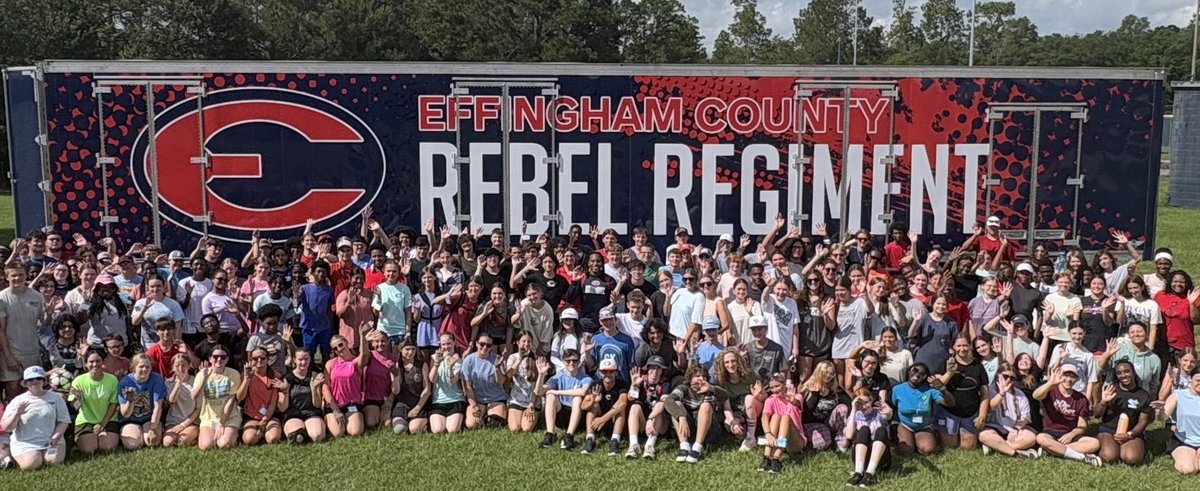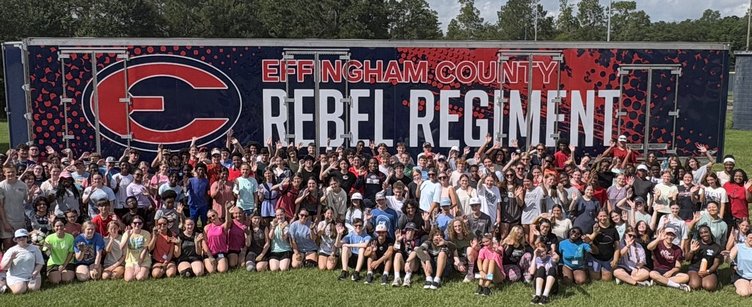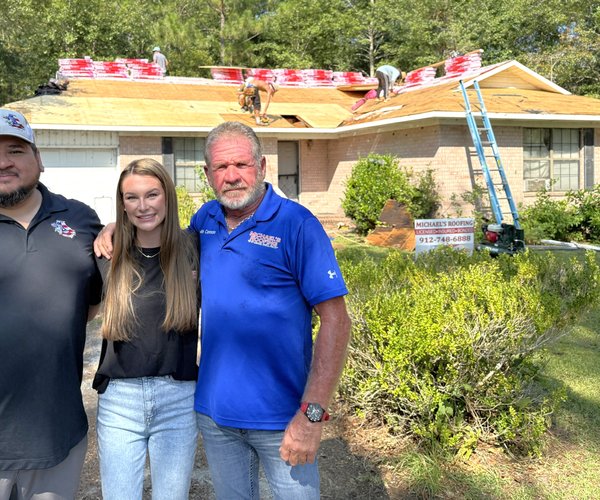Effingham County firefighters, under the direction of Fire Chief Val Ashcraft, went through a periodic live fire training exercise on Monday night at their training facilities on 125 acres just outside of Springfield.
Firefighters alternated through three burn rooms, with two burn rooms on the first floor and one on the second floor. The building is lined, Ashcraft said, and the training crews burn pallets. Pallets are stacked on railroad irons. Those fires are put out, the irons are re-stacked with pallets, and the fires are started again.
“The crew that goes in won’t know where the fire’s at,” Ashcraft said. “They’ve got to search the building, find the fire and put it out and come back out. There are doors between them and the fire, so they’ve got to find it. They’ve got to open the doors and they’ve got to go in.
“But the whole building will probably be at 400 or 500 degrees up here and 150 or better down low. They have to crawl because it’s going to be hot. We’ll monitor it, but it’ll be extremely hot in the top where the gasses are. If somebody’s standing up in here, they’ll melt. This is not a simulation; this is a real, live burn. This is as hot as it gets in someone’s house or building. It can get to 1,100 or 1,200 degrees up here.”
The entire training complex has been built by Effingham County firefighters over the last several years. They moved an older house onto the site in 2003 when it was in the way of the new courthouse construction. That house is now used for non-live fire training, such as building searches using smoke.
The other two buildings have been constructed from steel shipping containers that have been combined and modified to resemble buildings and rooms. There are stairways and doors to negotiate inside the structures, giving the firefighters realistic situations in which to train.
Tuesday evening’s training was the first use of the newest building. To make it usable in live fire training, the containers are lined with quarter-inch steel plates and have pavers for flooring, so nothing can burn except the pallets they use for creating the fires.
“Part of our training and testing is for above and below grade fires,” Ashcraft said. “So if you start on the second floor and work your way down, it simulates going into a basement. If you start on the first floor and work your way up, then that’s going to a second floor. You have to do both of those evolutions for basic firefighters to pass the state examinations.”
The second building is used for training components, and the third has what is known as a confidence builder.
“It’s a series of traps made out of plywood that they have to take their air packs and pass through these passageways with their air pack off and they push it in front of them up and down,” Ashcraft said. ‘It’s for if they get in a building where there’s a partial collapse — it gives them confidence they can work their way through very small openings.
“We have to have live fire for firefighters now — it’s required. They have to get it before they can graduate to basic firefighters. And then the career firefighters have to go in it twice a year.”
Ashcraft said he hoped this might be the beginning of a regional fire training facility.
